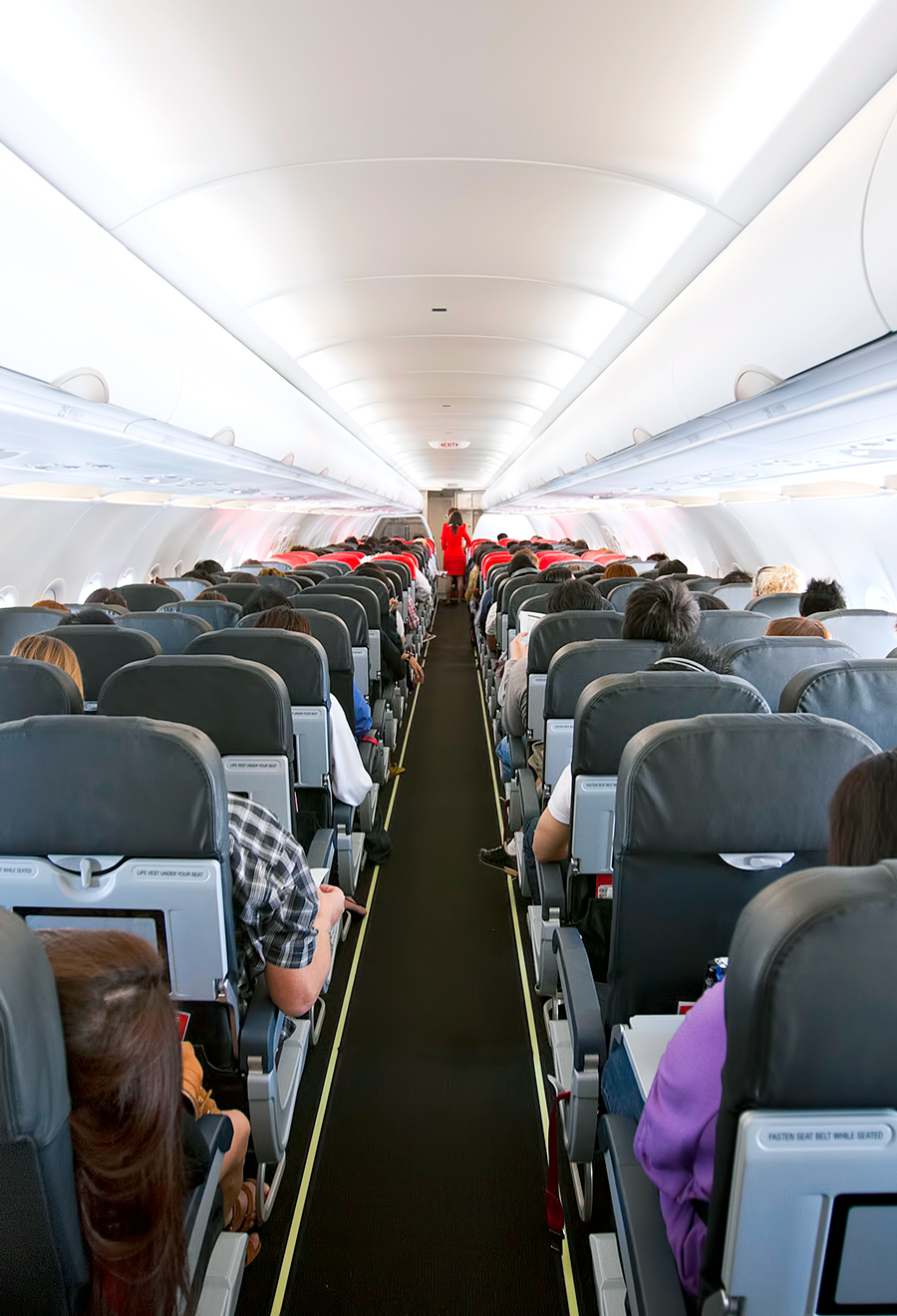On any given day, there are thousands of people working both in plain sight and behind the scenes to ensure every flight reaches its destination securely. This includes pilots, TSA officers, flight attendants, air traffic controllers, and flight dispatchers, of course, but what about air marshals? These covert law enforcement officers, who are tasked with keeping order on a flight, often blend in with other passengers and spring into action if necessary, which makes it difficult to discern if there’s one on board. So, you may be curious: Are there air marshals aboard every flight, and if not, how frequently do they actually fly? Here’s everything you wanted to know about the Federal Air Marshal Service.
What Is the Federal Air Marshal Service?
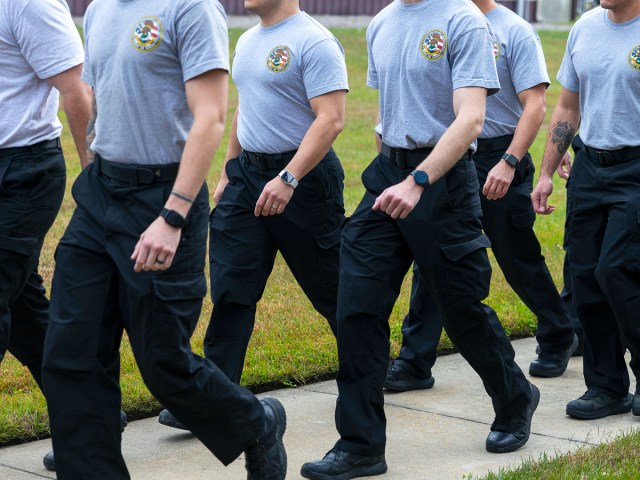
The Federal Air Marshal Service (FAMS) is an aviation law enforcement agency that falls under the jurisdiction of the Transportation Security Administration (TSA), which itself is part of the Department of Homeland Security (DHS). But FAMS was founded long before the DHS was created in 2002.
Originally, FAMS was overseen by the Federal Aviation Administration when it was established on March 2, 1962. That day, 18 “Sky Marshals” were sworn in amid a stark rise in airplane hijackings, as it was believed their presence could help deter potential wrongdoing.
FAMS continued to operate on a modest scale until the early 21st century. There were only 33 air marshals nationwide at the time of the 9/11 attacks, but as airport security protocols increased in the wake of the attacks, so too did the air marshal program. The program has expanded to an estimated 3,000 air marshals today, increasing the likelihood of one popping up on any given flight.
What Do Air Marshals Do?
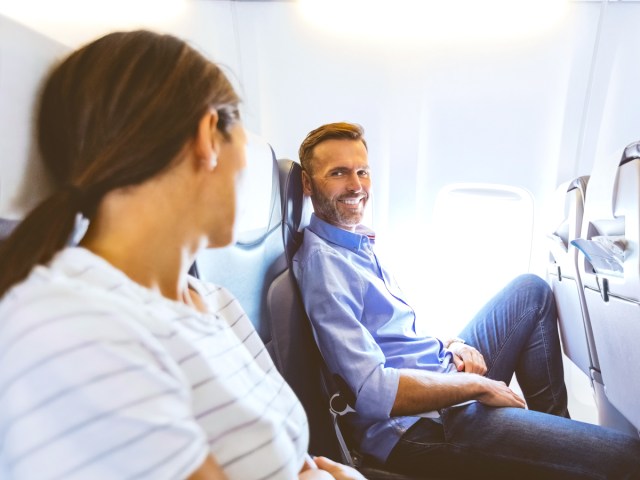
The role of an air marshal is multifaceted, but one of their main duties is to provide potential security support in the air. Air marshals fly undercover on a random selection of both domestic flights and international flights departing or landing on U.S. soil.
Their role is to remain inconspicuous and blend in with the rest of the passengers, and they may even come up with a cover story to conceal their true identity. All the while, air marshals scan the cabin for potential threats, keeping an eye on any passengers who seem suspicious. Their identity is made known only to the pilots and some of the cabin crew before the flight, allowing for clear communication should anything go awry.
In the event of an attempted hijacking or other security incident, air marshals are trained to spring into action to protect the plane and its passengers. Air marshals are authorized to carry a gun and make arrests if necessary, and may deploy self-defense techniques or highly skilled firearms training to neutralize any threats.
But the duties of air marshals aren’t limited to just the air — they also perform key preventative measures on the ground. This includes risk analysis, investigative work into potential terrorism, the execution of arrest warrants, and providing testimonies in court related to national security. Their goal is to prevent any potential security threats from even making it onto the aircraft in the first place.
How Often Do Air Marshals Fly?
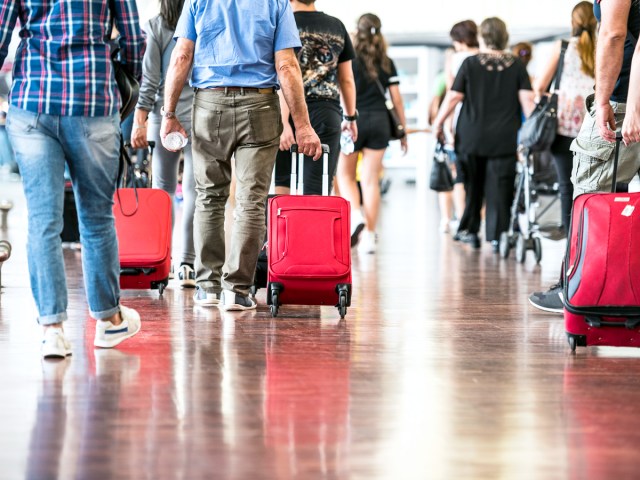
With roughly 45,000 daily flights in the United States and only around 3,000 air marshals, there simply isn’t enough manpower for there to be a law enforcement officer aboard every plane. The true percentage is likely in the low single digits, with some theorizing that it may be as little as a fraction of a single percent. It’s impossible for civilians to know the true number, given that there are certain details regarding the air marshal program that remain classified.
The TSA has revealed that the average air marshal flies roughly 15 days a month, spending around five hours aboard an aircraft each day. This amounts to about 900 hours of annual flight time for each air marshal. Air marshals also sometimes travel in pairs for added security, with as many as four on some higher-risk international flights. The more that air marshals travel in teams, the lower the number of flights with an air marshal aboard.
In 2014, USA Today interviewed former federal air marshal Clay Biles, who claimed air marshals flew aboard “less than one half percent of all U.S.-flagged aircraft.” Other estimates have put the number closer to 5% or 6%. Given what we know, the number of flights with an air marshal onboard is most likely in the high hundreds or low thousands on any given day.
Which Flights Have Air Marshals?
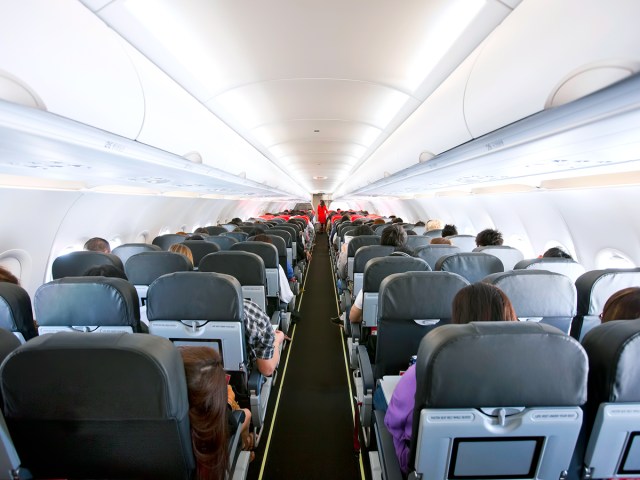
So, how does FAMS decide which flights need air marshals and which don’t? This is determined by an internal risk assessment formula that analyzes several factors that may increase the odds of a midflight issue arising.
Factors taken into account include place of departure, type of aircraft, amount of fuel onboard, and destination. For example, if the plane is headed toward a war-torn country, then risk levels are likely to be higher due to that volatility. Or if a plane has a lot of fuel, then that may make it a more attractive option for possible hijackers. On the other hand, a domestic commuter flight between Dallas and Houston may be considered less risky, and thus the odds of an air marshal aboard are possibly lessened.
All told, the uncertainty itself provides a sense of security. The very possibility of there being an air marshal aboard the plane may be enough to deter any potential wrongdoers, keeping America’s skies safe for the 800 million-plus passengers who travel each year.
More from our network
Daily Passport is part of Inbox Studio, which publishes content that uplifts, informs, and inspires.






